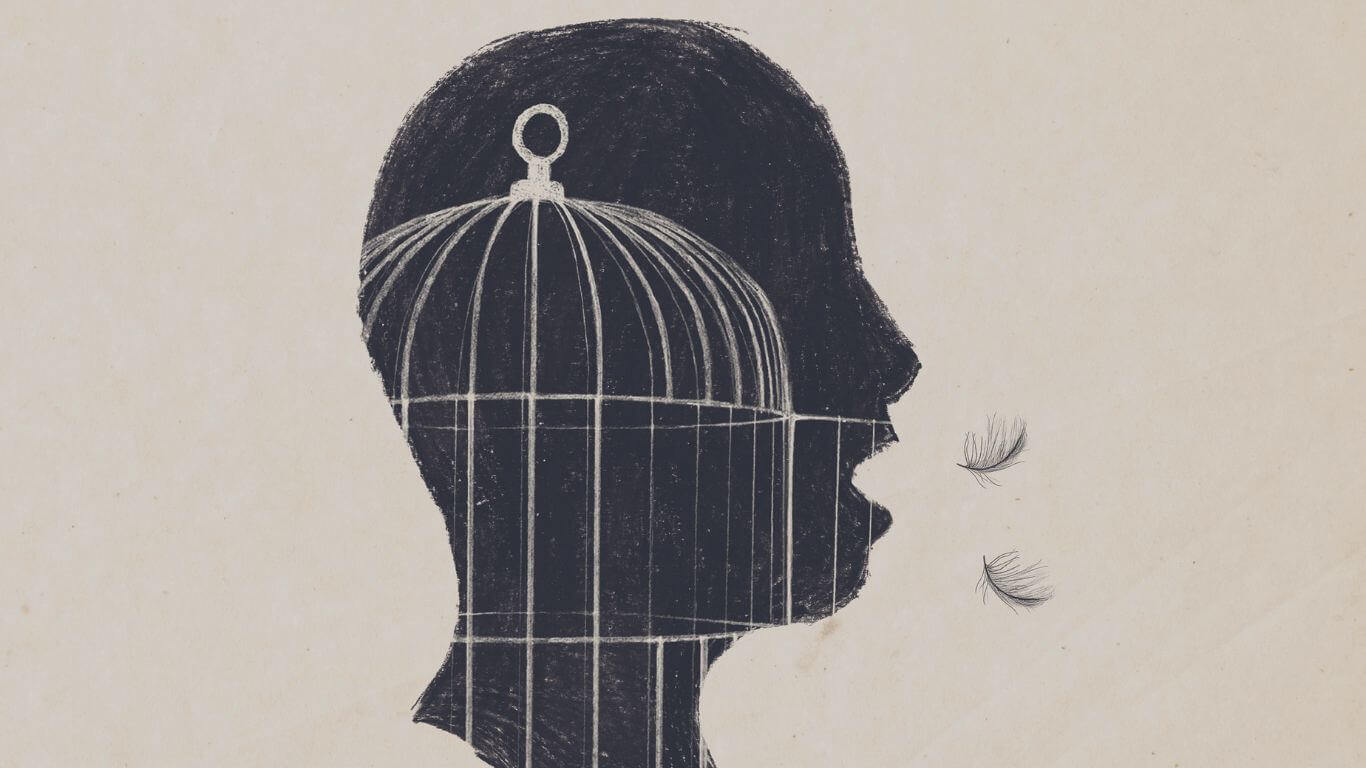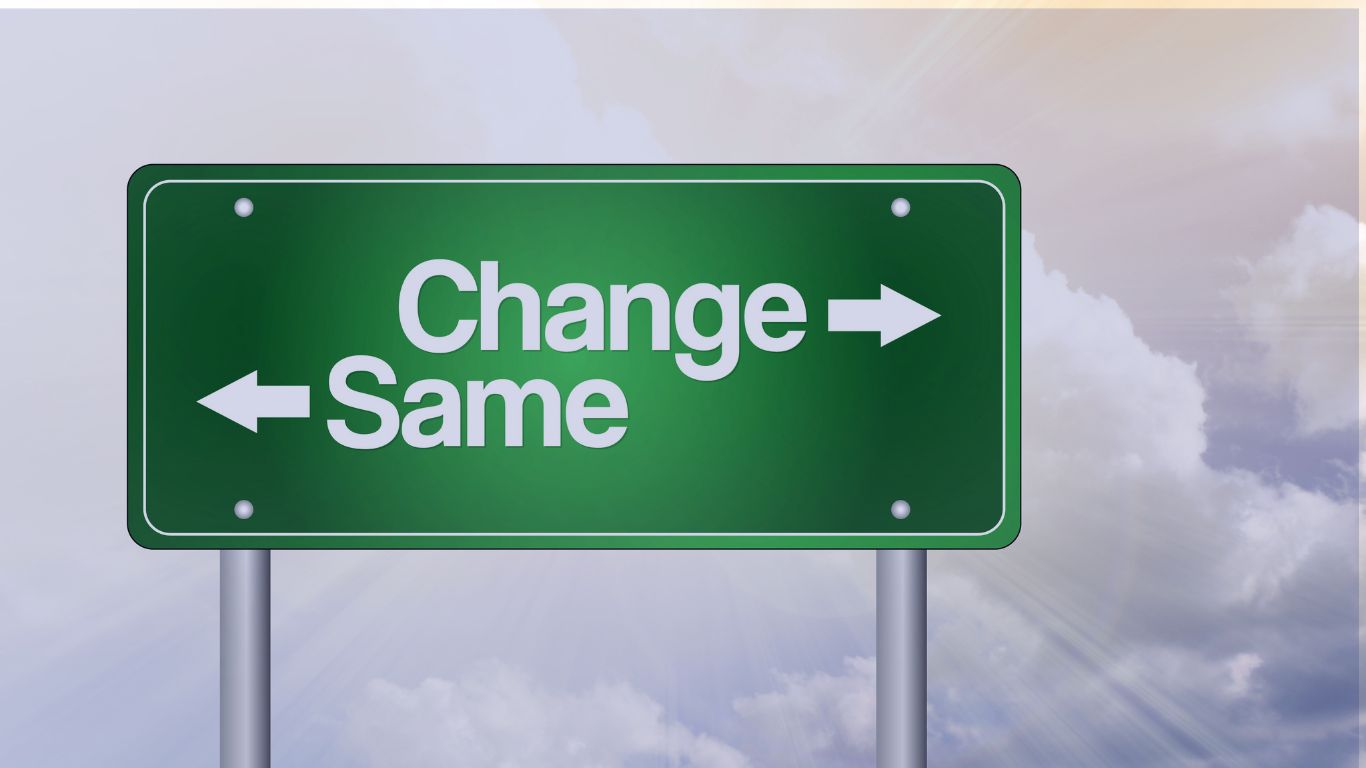Creating Freedom to Speak - Breaking The Pattern of Silence
There is one particularly noble and beautifully enshrined piece of American life, and that is our right to freedom of speech. Freedom to speak should be a right worldwide. We all should experience the absence of fear that permits freedom of speech. But many do not.
At the same time, I have to say that with freedom of speech we also have the responsibility for what we do with that privilege. We have to be responsible for what we say and how we say it. Sometimes it’s a bit of a fine line between telling it like it is and being too abrasive. Sometimes it’s a bit of a fine line between knowing when to keep quiet and say nothing and knowing when to speak up.
And yet, I’m sorely reminded of the fact that in World War II in Germany, many kept quiet in order to keep themselves and their families safe. But they did so at the cost of millions of other peoples’ lives. So, I guess if we’re going to err on one side or the other, we should definitely err on the side of speaking up.
History Repeating Itself
As you know, I don’t speak about incendiary topics like religion, sex and politics. And I’m not going to start now! But looking at the world situation today, with all the political correctness and factionism going on, I wonder if we’re not rapidly moving into a repetition of the same metapattern of “silence for safety’s sake” and doing the same thing now that we did less than a hundred years ago in Europe.
I wonder if a lot of people in the US aren’t speaking up for sanity, common sense and good heartedness because they don’t want to be attacked—who are not using their hard-won freedom of speech because it feels safer to be quiet or because they don’t want to cause trouble for others.
So, here’s the thing. Can we safely open our mouths and call for the deepest desires in our hearts to come into being? Things like civil discourse. Informed intelligent debate. Kindness. Can we call for one another to listen to alternate views without going on the attack? Can we have freedom of speech without blaming, shaming or naming?
Can we grow beyond the ancestral patterns of fear that keep us stuck, keeping our mouths shut about things we ought to be talking about but don’t? Can we step back and start taking a wider view of things—enough to see that we are repeating the meta patterns of World War II … the meta patterns of many wars throughout history, many of which started because people were afraid to stand up for one another, for truth and justice for all?
The transformation piece is asking how do we create a safe enough space to stand up for truth? And I’m not talking about standing up for opinions, political positions, parties, and agendas. I’m talking about basic truths: What feeds the health and wellbeing of people? What nurtures and inspires? What encourages and supports? What fosters evolution and freedom? What encourages kindness and mutual respect?
When is it that we start standing up for power in service and support of the wellbeing of the many and not just the few or even the one?
Breaking the Pattern of Silence
The first step to breaking the fear and silence pattern is to look at yourself through a systemic lens. When it comes to developing the ability to safely speak up, it’s a little bit like Alice peering through the looking glass. You want to look at yourself and your life within the context of your entire family system and your entire social system.
Who you are and your ability to speak clearly and truthfully is the result of many generations who came before you. Their thoughts, feelings, and actions have shaped who you are now and what you’re capable of doing and not doing. Once you can see the patterns that have shaped your world and your life, you have taken step one to becoming unstuck and more free.
Good questions to ask yourself:
- When am I afraid to speak up?
- Why?
- What was I told about speaking up?
- What kind of examples did my parents provide? Were they silent in the face of power? Silent in the face of abuse of self and others?
- Does anyone else in my family have a similar pattern?
- What is my family history? Do my ancestors come from countries where free speech isn’t allowed?
- What does my current community/country promote in terms of free speech? Is it safe to speak up?
- What are the costs if I don’t speak up for the good?
Be aware if you are hearing little voices of doubt telling you why you can’t speak—saying things like you’re too “stupid,” or too “ignorant,” or “too insignificant” to count. Don’t believe it. Your voice—every voice—matters!
The good news is, by doing this process of questioning, you are tapping into the nervous system of your ancestors. It’s their words and voices you are hearing. Not yours. The even better news is that once you start deliberately creating thoughts, feelings, and actions around the goal of freely speaking, the inner chatter will stop.
This is what happens when you go in search of your authentic self. Yes, it takes a little grit and determination. Yes, it takes courage and effort. But think about this: Nothing less than the wellbeing of yourself, your family, and the world is at stake.
We are either our own prison keepers or our own liberators. Let me take you on a journey into courage at my special Disney World event: From Fear to Freedom, November 1-4. It will be an adventure! For more information please check click here.











